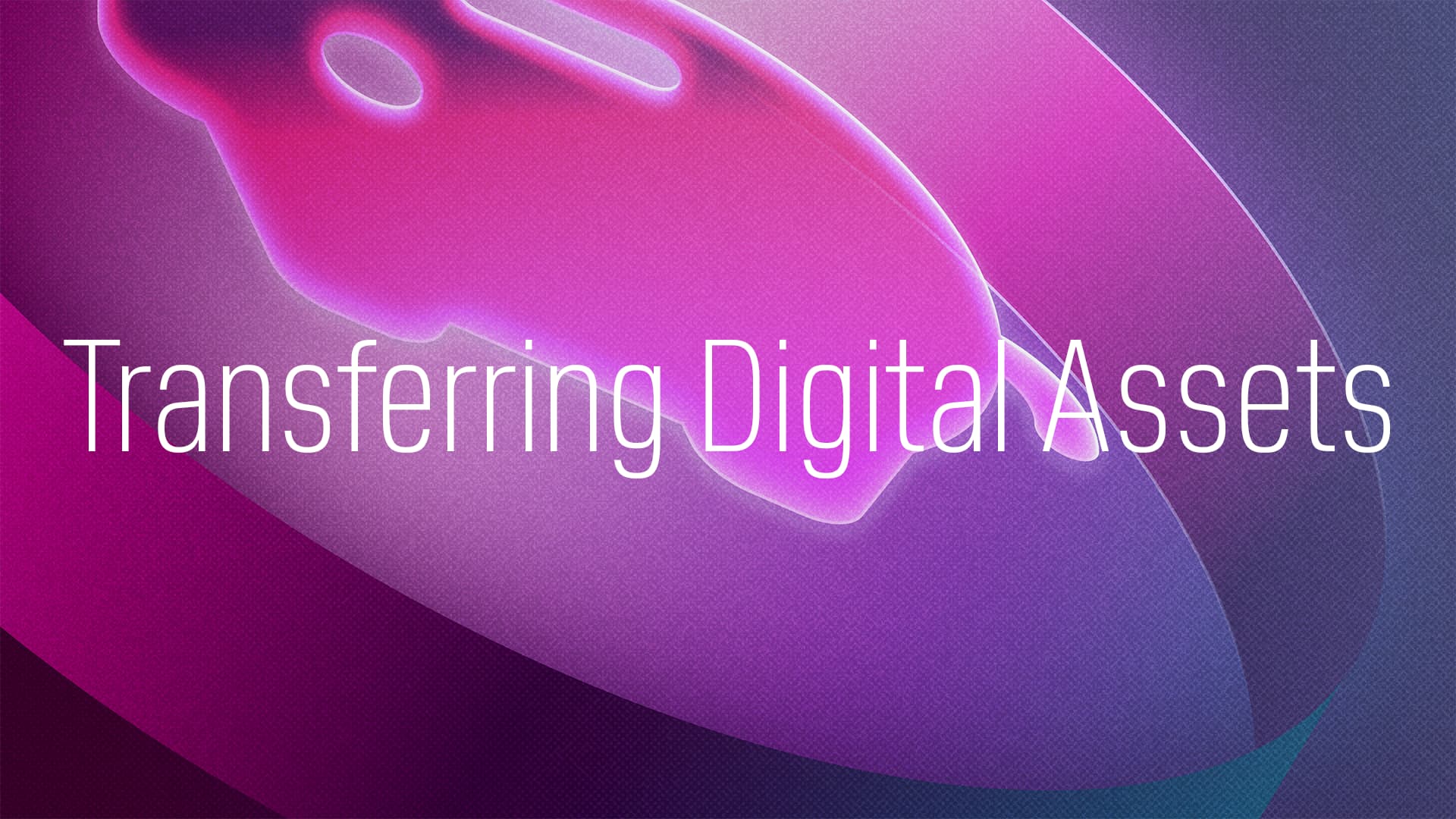
Transferring digital assets to a company is a meticulous process that requires careful planning and adherence to legal, tax, and regulatory frameworks. Whether you're moving cryptocurrencies or other digital holdings, each step—from initial legal consultation to ongoing asset management—must be strategically executed to ensure compliance and maximise financial efficiency. This step-by-step guide provides a comprehensive overview of the process, equipping you with the knowledge to effectively and securely transfer your digital assets into a corporate structure.
Consult a legal expert to understand the contractual obligations involved in transferring assets.
Make sure you're compliant with current cryptocurrency laws in your jurisdiction.
Create a comprehensive list of all your digital assets, including cryptocurrencies like XRP and XDC.
Use reliable crypto exchanges to determine the current market value of each asset.
Calculate the capital gains or losses that will occur due to the transfer.
Understand what you're required to report to tax authorities.
Set up secure digital wallets in the name of the company.
Use secure and verified methods for transferring assets.
Keep a record of all transactions for legal and tax purposes.
Essential for all methods, keep all contracts and transfer documents.
Regularly check the status and value of transferred assets.
Ensure ongoing compliance with legal regulations.
Keep accurate records for tax reporting.
Regularly audit the company's financials to ensure accuracy.
Make sure you're continuously compliant with evolving crypto regulations.
Remember to consult legal and financial experts to tailor this plan to your specific situation.


